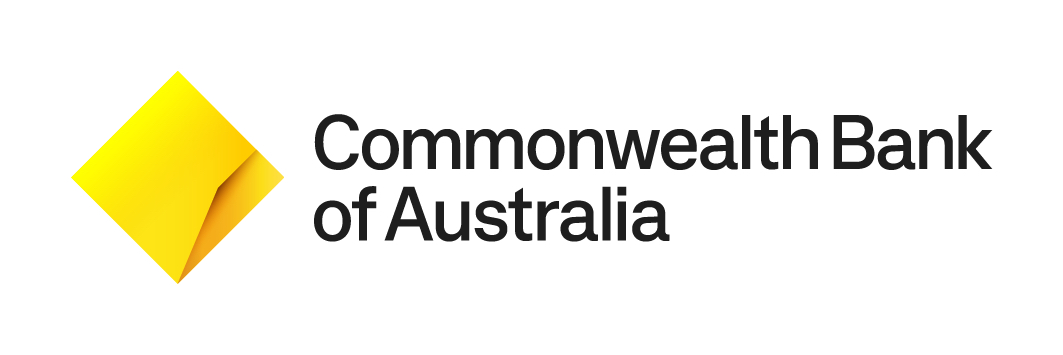Transaction pathway part two: Perpetual
Hagbarth Strom, senior transaction manager at Perpetual Corporate Trust in Sydney, discusses the trustee’s role in supporting a transaction linked to a new reference rate and market development in general.
STROM We were involved quite early on. We had a couple of meetings with CBA treasury on the process side at our end, for instance what the transaction looks like within Austraclear and with custodians. We did some brainstorming around the process flow and how a rate might be sourced.
The CBA team went away and carried on with the work at its end. At Perpetual, led by our operations people, we had conversations with Austraclear and custodians, and conducted a deep dive into our systems to see if any issues might arise because everything is usually based around one-month bank-bill swap rate (BBSW).
STROM We did testing to ensure nothing would go wrong. On one-month BBSW, we take a feed from Bloomberg and combine this with directions from trust managers to make payments. Our system then double checks the output.
Moving to AONIA [Australian overnight index average] basis is predominantly a timing concern. A backward-looking benchmark has constraints on time. Operationally, we had to make a few minor amendments to our systems. But it is not that different from applying a traditional rate on first payment of a trust, where we manually impute it. The system was analogous to that.
Mainly, the consideration was how the information from us feeds through to Austraclear, and thus to investors and to custodians. We also discussed offshore investors, specifically where they are getting feeds from.
STROM Early on, we were in discussion with CBA to act as a calculation agent, so we developed our own AONIA calculation model. The Australian Securities Exchange (ASX) announced it was going to publish the rate while we were discussing this with CBA. This was a lot easier than any of us doing it independently, so it was a positive surprise.
Getting our heads around the timing was also important: when the rate needed to be ready, how long our systems needed to talk to Austraclear and so forth. All of this was different from a forward-looking rate like BBSW, where you have plenty of time.
At the end of the day, the trust-manager calculation in the CBA deal is the one that stands. This of course refers to ASX’s AONIA rate but it is an interesting question that I think will flesh itself out more if we see further deals with an AONIA rate.
If there are questions around calculation discrepancies, it will be interesting to see which rate they land on – the ASX rate or the issuer rate.
STROM The ASX published rate is, I think, going to be universally accepted – as it is with BBSW. It will be interesting to see whether other issuers come to the market with AONIA-based deals. I suspect it will take a little while for other issuers to catch up.







